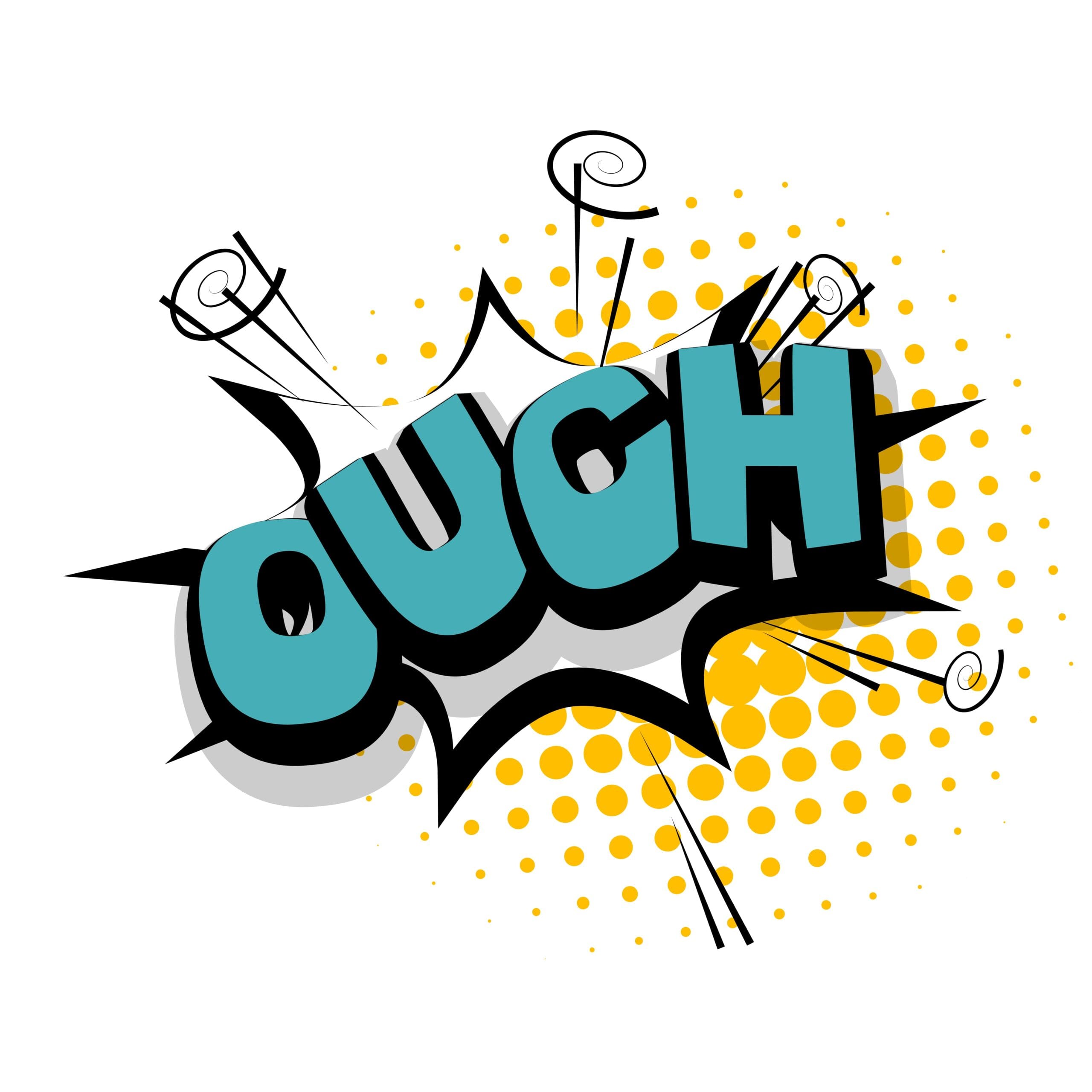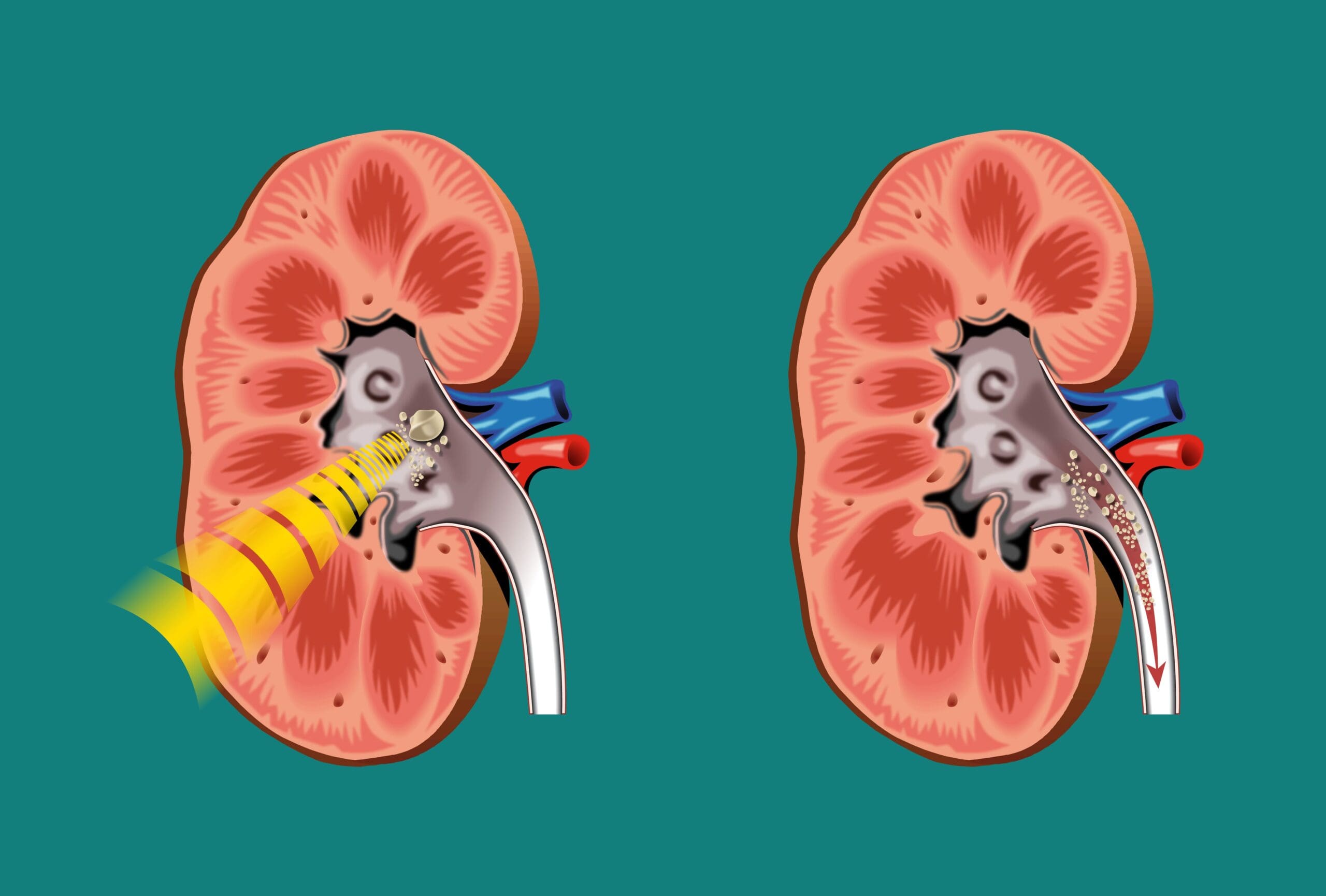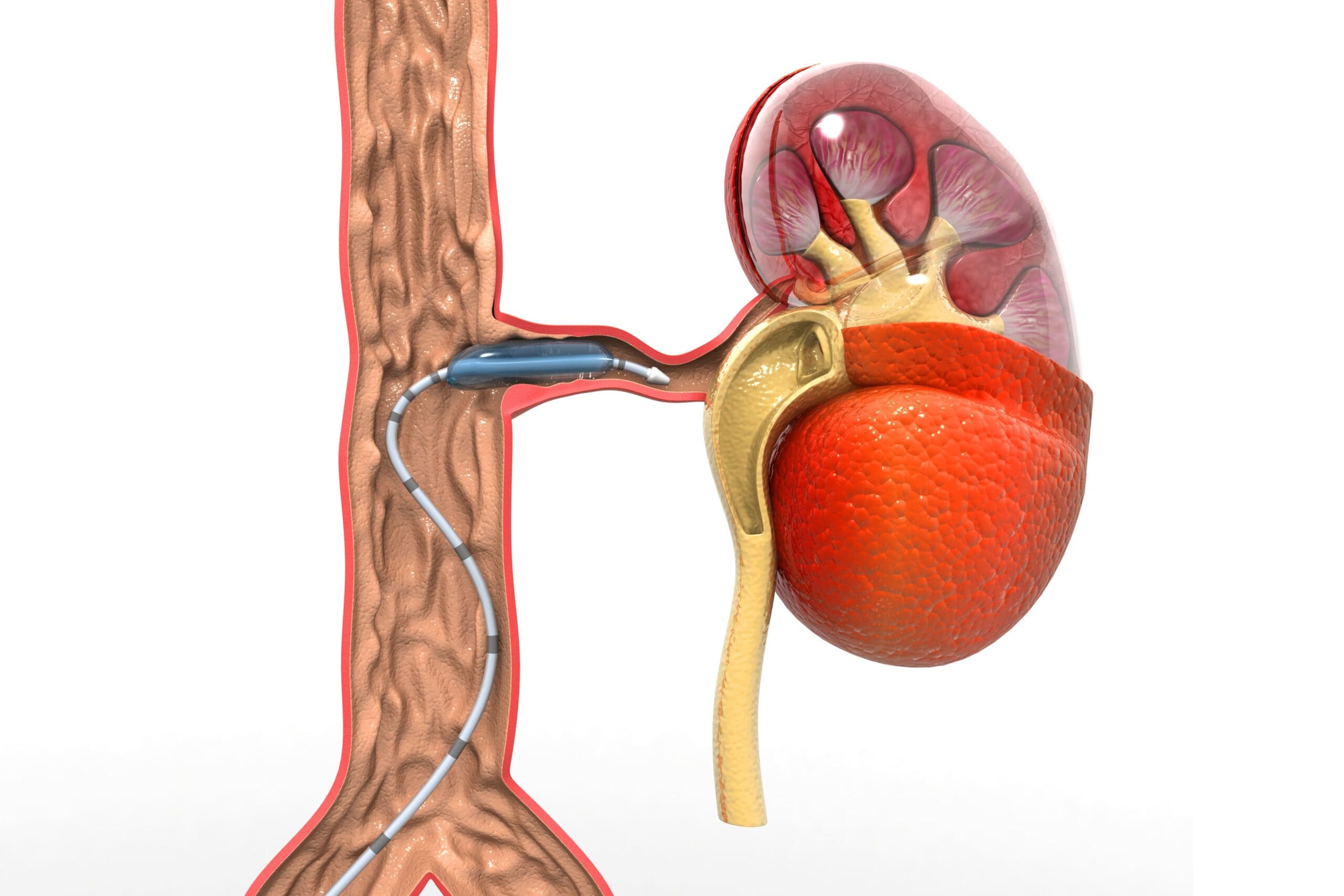5005 S. Cooper St.
Suite 250
Arlington, TX 76017
Kidney Stones Can Be Brutal

Get Un-stoned Fast!
Our team of experienced kidney stone doctors successfully treat stones of every size and type. Using state-of-the-art technology, we carefully evaluate each stone, its location and makeup. We then tailor therapy to your unique needs. We even offer a non-invasive treatment option.
What are kidney stones?
What causes kidney stones?
Kidneys filter waste from the blood. This waste becomes urine and is passed out of the kidneys to the bladder through the ureter (a tube between the kidney and bladder). Urine naturally contains dissolved minerals and salts, but when it becomes too concentrated due to dehydration or factors associated with diet, disease or inherited genetic risks, the minerals and salts can clump together and form stones of various sizes. For those facing this painful condition, seeking treatment from kidney stone specialists is crucial for effective management and relief.
Not all kidney stones are the same.
Health Navigator
- Harrison “Mitch” Abrahams, MD
- Jeffrey Charles Applewhite, MD
- Jerry Barker, MD, DABR, FACR
- Paul Benson, MD
- Richard Bevan-Thomas, MD
- Keith D. Bloom, MD
- Tracy Cannon-Smith, MD, FMS
- Paul Chan, MD
- Kara Choate, MD
- Lira Chowdhury, DO, FACOS
- Weber Chuang, MD
- Adam Cole, MD, FS
- M. Patrick Collini, MD
- Zachary Compton, MD
- Adam Hollander, MD
- Patrick A. Huddleston, MD
- Justin Tabor Lee, MD
- Wendy Leng, MD, FPMRS
- Alexander Mackay, MD
- Tony Mammen, MD
- F.H. “Trey” Moore, MD
- Christoper Pace, MD
- Jason Poteet, MD
- Andrew Y. Sun, MD
- Scott Thurman, MD
- James Clifton Vestal, MD, FACS
- Keith Waguespack, MD
- Diane C. West, MD
- Keith Xavier, MD, FPMRS
Related News & Information
Ready to Wave Goodbye to Erectile Dysfunction?
Erectile dysfunction complicates the sex lives of many men—millions, in fact. Yes, ED is frustrating and embarrassing. It can even be depressing. But there’s one thing it’s not—inevitable.
Finding the Right Antibiotic for UTIs Shouldn’t Be Guesswork
Who knew three little letters could be the source of such misery? For millions of people, a urinary tract infection—UTI—is a cruel and invisible form of torture. Agonizing symptoms can include a burning sensation during urination, the frequent and urgent need to go, fever, blood in the urine, pain in the lower abdomen or pelvic area.
Treatment Depends on Several Factors

Wait for the Stone to Pass
Prescription Medications


Extracorporeal Shock Wave Lithotripsy (ESWL)
Ureteroscopy (URS)


Stent Placement
Percutaneous Nephrolithotomy (PCNL)
Large stones in the kidney often require surgical removal. Under general anesthesia, a half-inch incision is made in the back or side to allow a small telescope (nephroscope) to be inserted into the kidney where the stone is located. A small tool is passed through the nephroscope to break up the stone and suction it out in pieces. Occasionally, a temporary tube is left in the kidney overnight or for a few days to drain urine into a bag outside the body. Patients may stay in the hospital overnight or for a few days to recover. Patients are able to resume their normal activities after one or two weeks.

We Are Your Kidney Stone Experts
Call for an Appointment

Trishna Patel’s Monster Kidney Stone Was Life-Threatening
Just as fears over the coronavirus were heating up last February, Trishna Patel thought she had a bad cold or the flu. She tried to ride out her fever and chills, but a friend was worried about how weak she was and took her to urgent care.